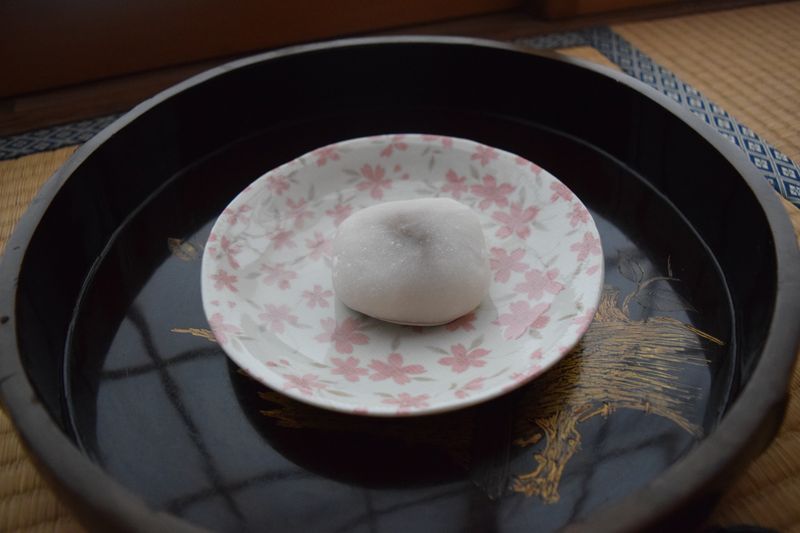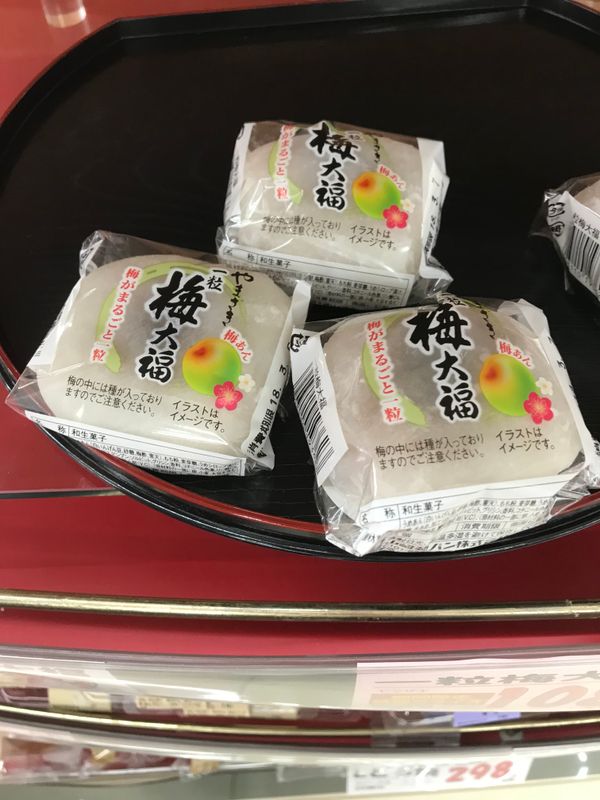Apr 6, 2018
Tasting the Seasons through Daifuku
When you are thinking about seasonal treats, the first thing that comes to mind probably isn't rice. I don't blame you, since rice is most often consumed as a daily staple. Still, rice is a vessel for many of Japan's best confections, and none beats daifuku mochi.
Literally meaning "great fortune," daifuku is simply sweet mochi with anko--red bean jam--inside. While daifuku is available year round, it does tend to transform throughout the year based on the types of seasonal ingredients included.

Perhaps the most common seasonal daifuku is ichigo daifuku, or daifuku mochi with anko and a whole strawberry inside. During the winter months, ichigo daifuku is available in most supermarkets and convenience stores throughout Japan.
During spring, there are a number of varieties available. Among the most popular is sakura matcha, available at a number of boutique confectioneries throughout Japan. In these, the anko is infused with matcha powder and the mochi is infused with sakura essence, offering a nicely contrasting pink and green color to the typically white and purple option.
Summertime ushers in a period of fruit-flavored daifuku options including lemon, mango, and white peach. These are among the least traditional-flavored of the seasonal daifuku options, but they offer a refreshingly sweet treat during the dog days of summer.
Autumn is a time when maron, or chestnut, rules Japanese seasonal confections, and that applies to daifuku mochi as well. This is one of my personal favorite, since the chestnut pairs so well with the anko.
All of those are great, but the most unique seasonal daifuku I've encountered comes in late Winter/early Spring. As the season transitions to Spring, the first fruit to fall is the plum, or ume. Ume is extremely tart, which makes it great for things like ume shu (plum wine) and umeboshi, pickled plum, but it's not typically paired with confections. Imagine my surprise when I was walking through the supermarket and came across this:

Yup, that's ume daifuku. I had to try it, so I purchased one for 100 yen (108 with tax).
So how does it taste?

Well, the ume was certainly tart, but the anko and mochi did well to counter the strong flavor of the ume. Overall, it is satisfying and provides a unique taste of the season. While I am still partial to the ichigo daifuku that are ubiquitous this time of year, the ume daifuku became one of my wife's favorites. Do be careful if you decide to try it though, since the ume's stone is not removed (i.e. be sure to eat around it!).
You can find seasonal daifuku mochi at most convenience stores and supermarkets selling for (generally) between 100 and 250 yen. Boutique Japanese confectioneries will typically offer higher quality ingredients for commensurately higher prices.
Hitting the books once again as a Ph.D. student in Niigata Prefecture. Although I've lived in Japan many years, life as a student in this country is a first.
Blessed Dad. Lucky Husband. Happy Gaijin (most of the time).



0 Comments